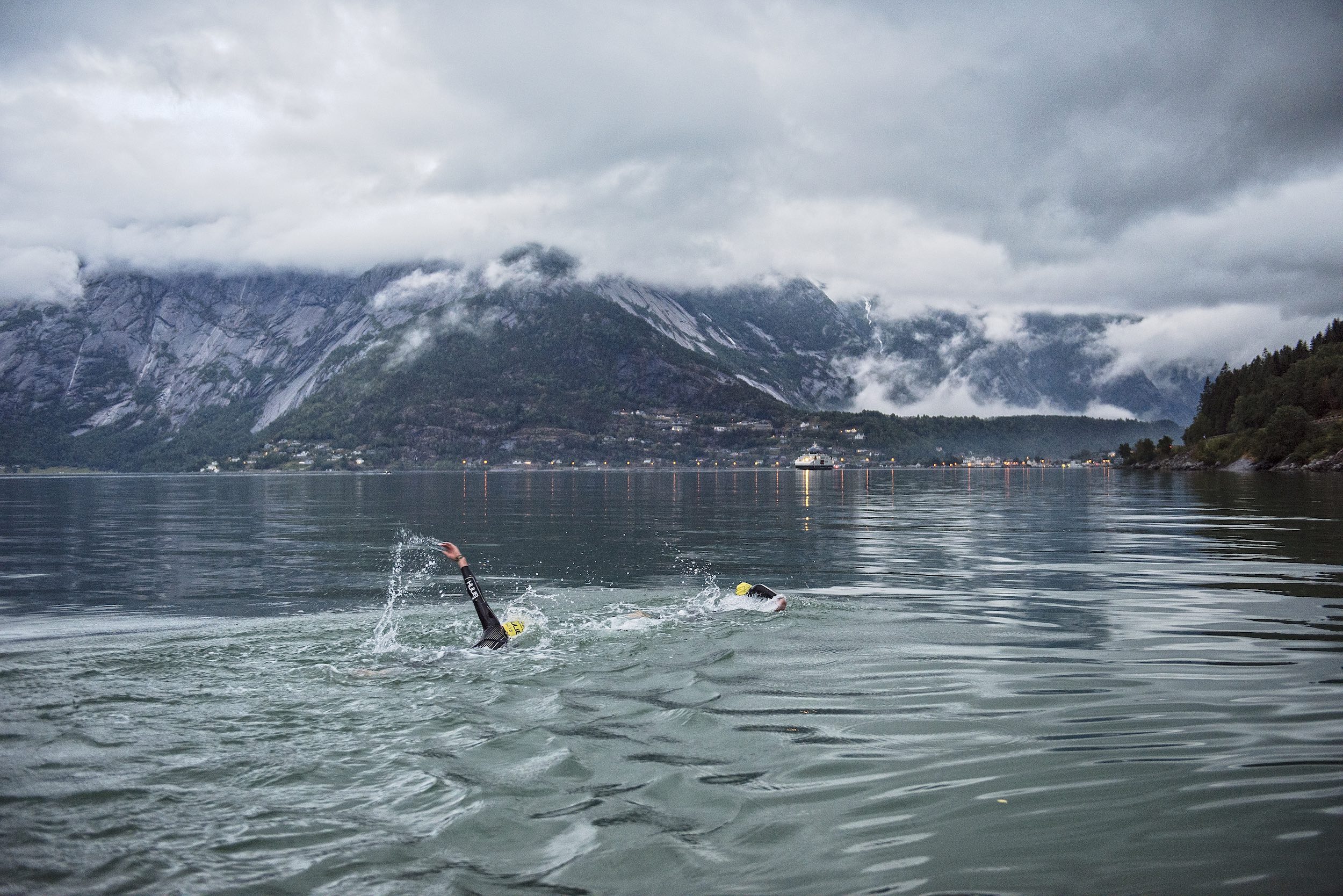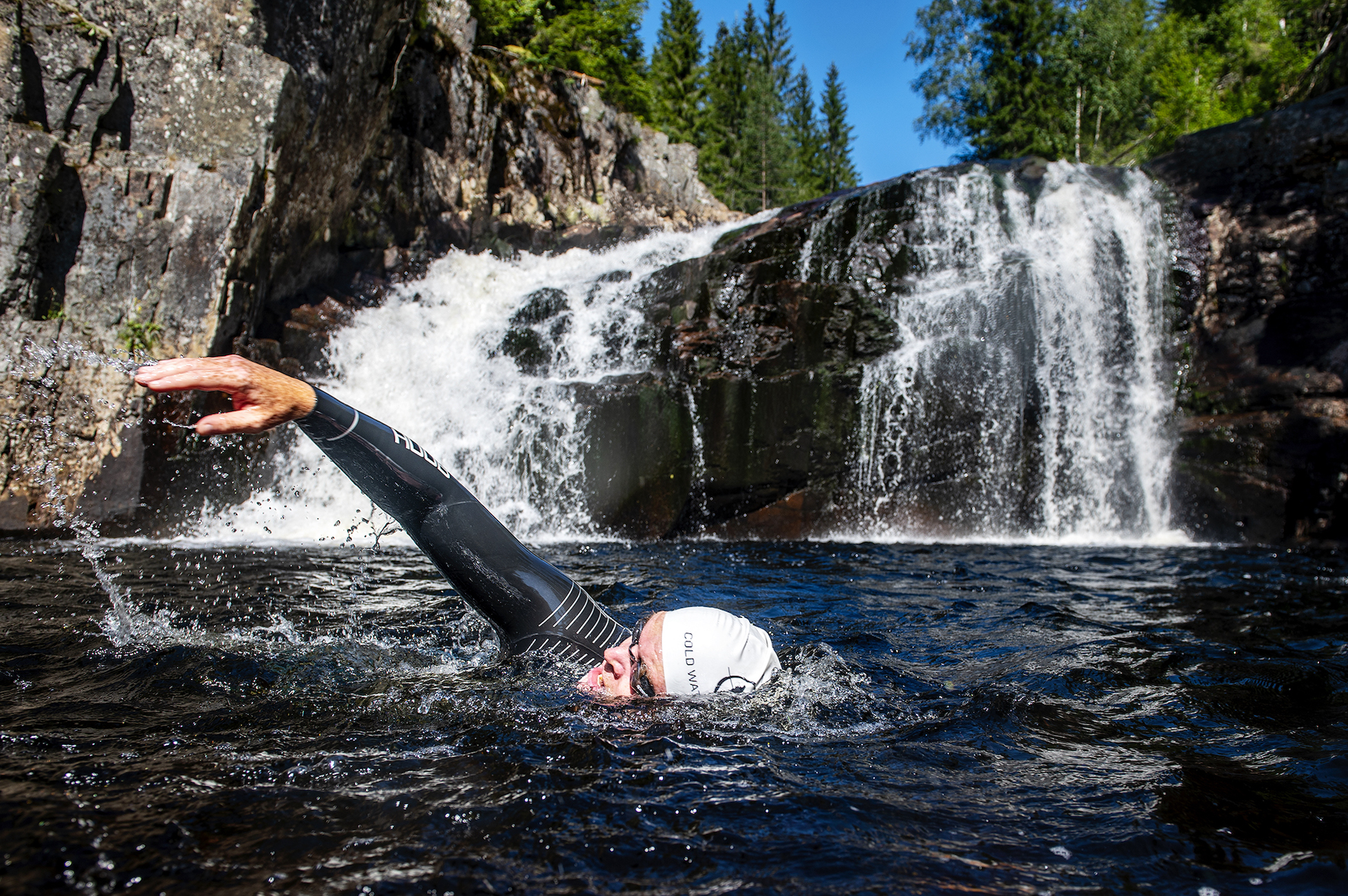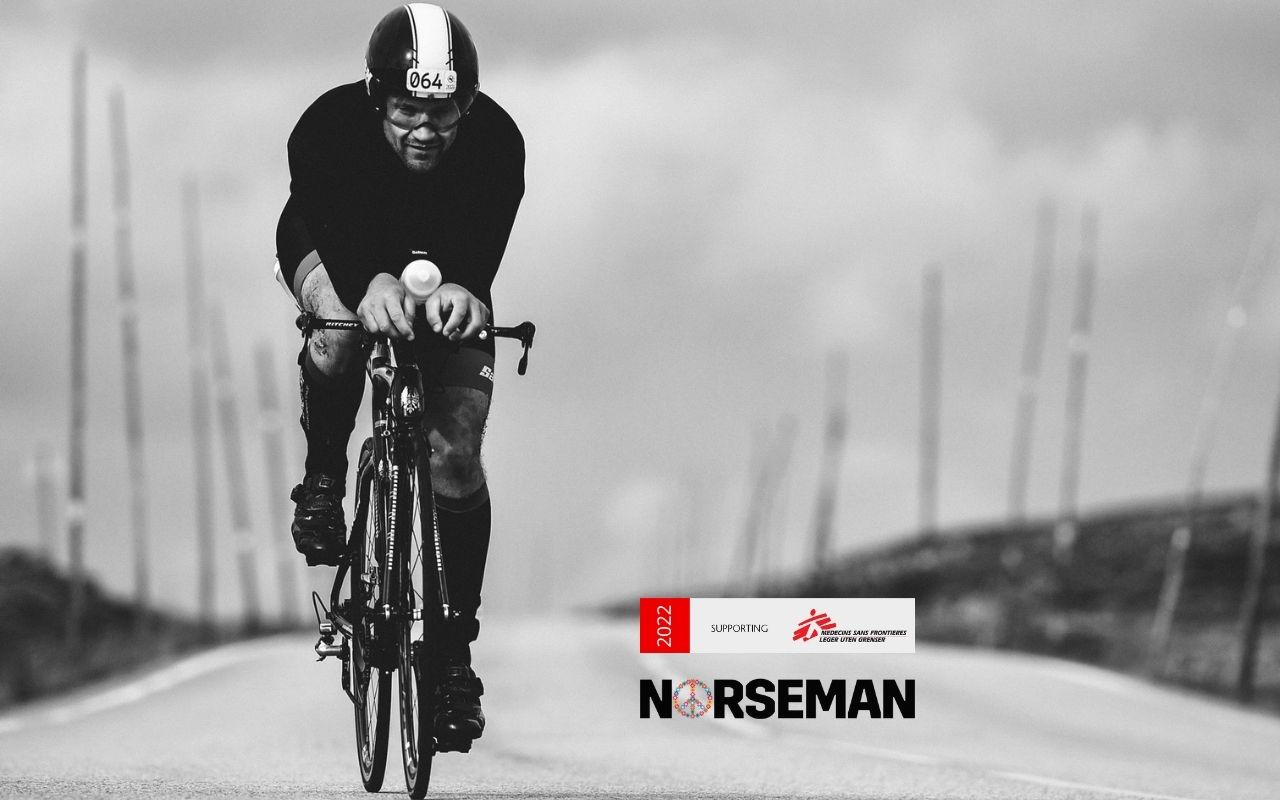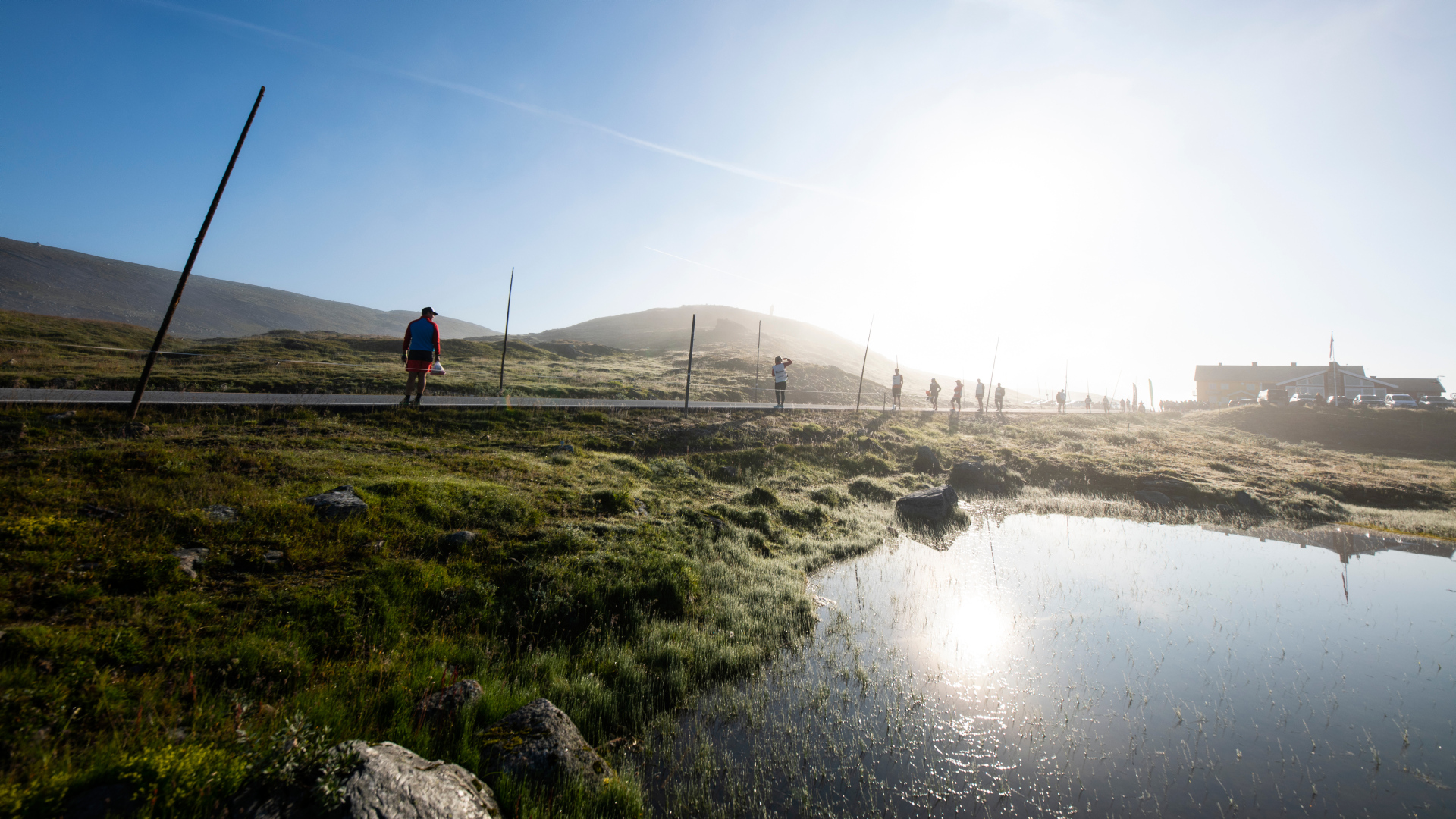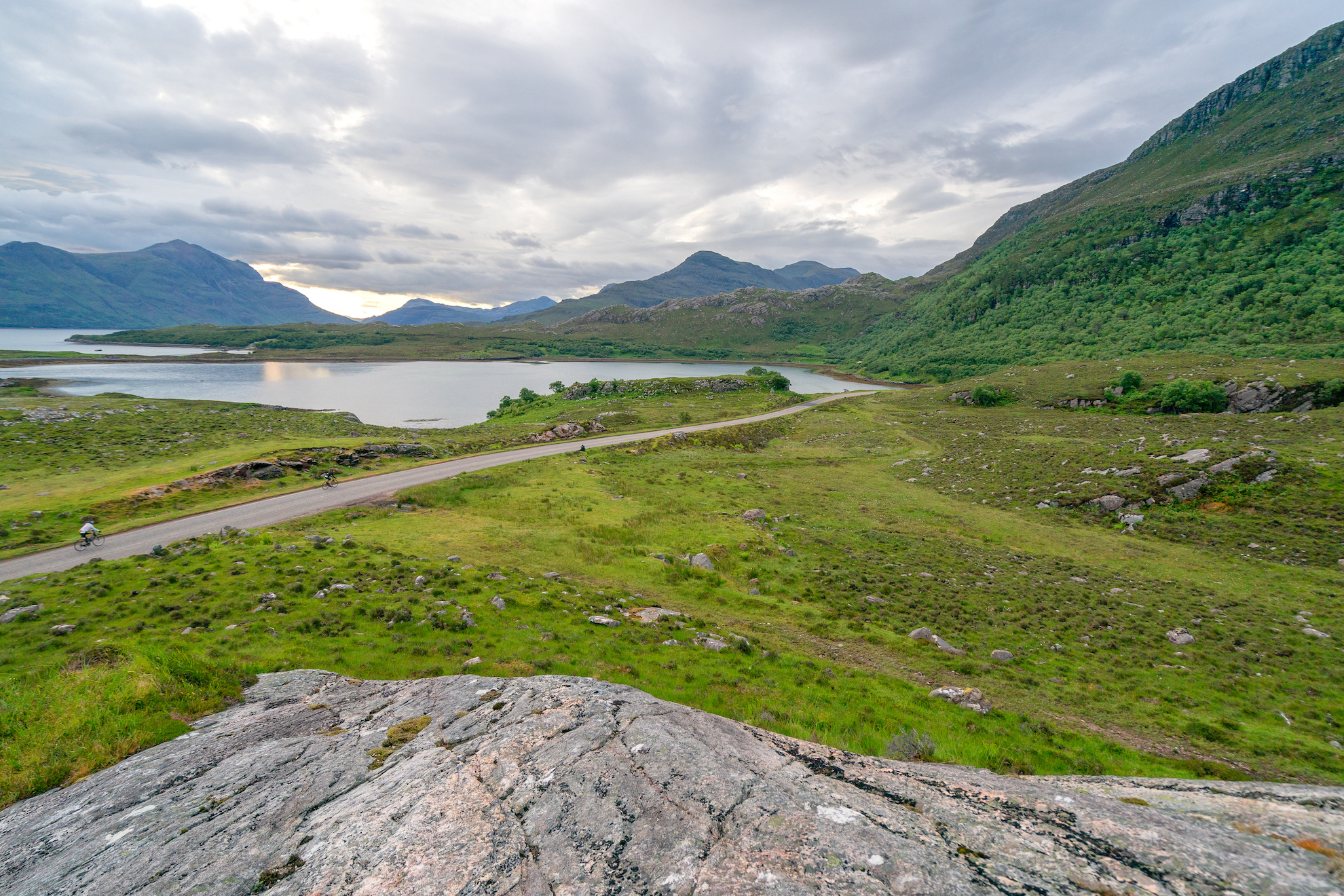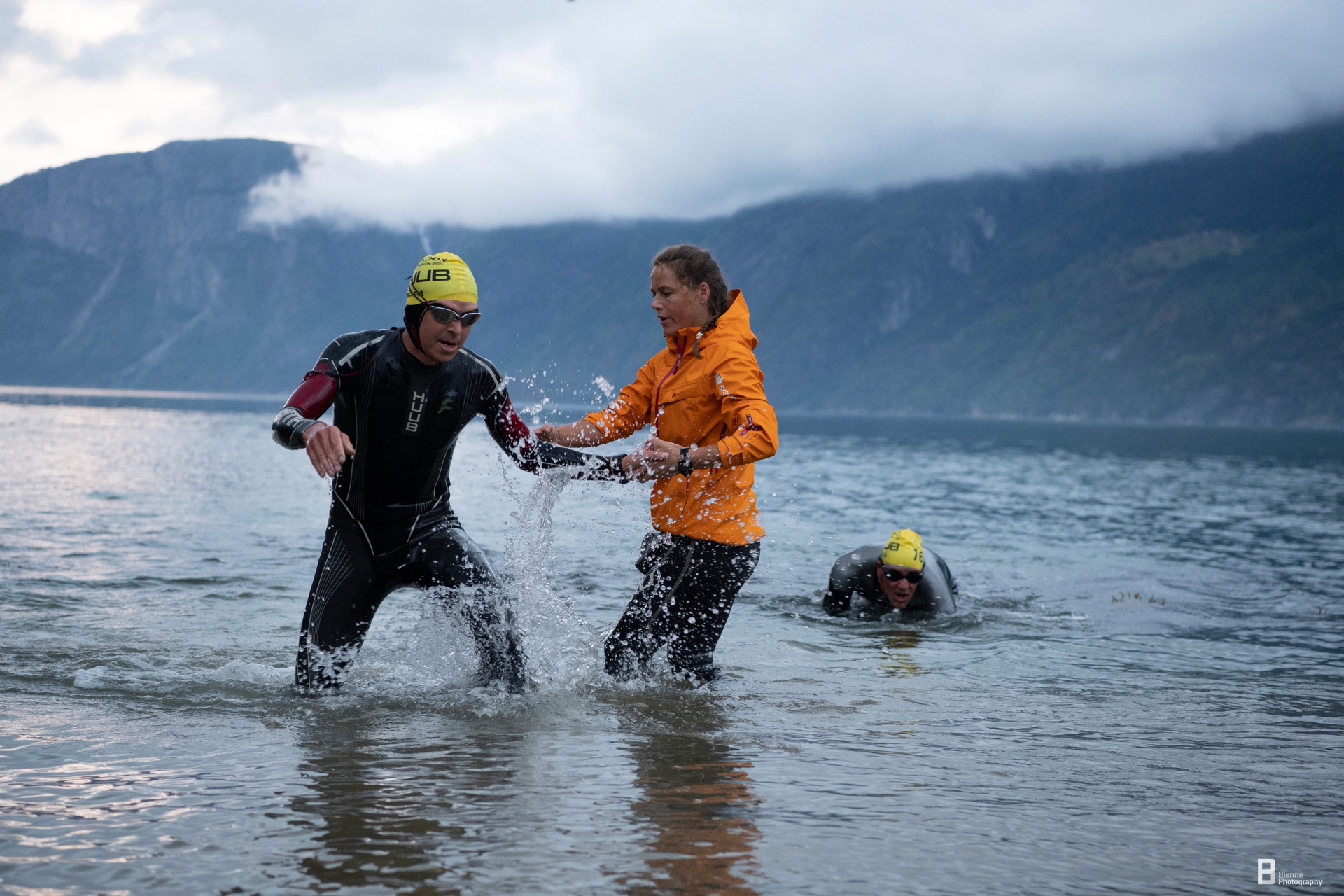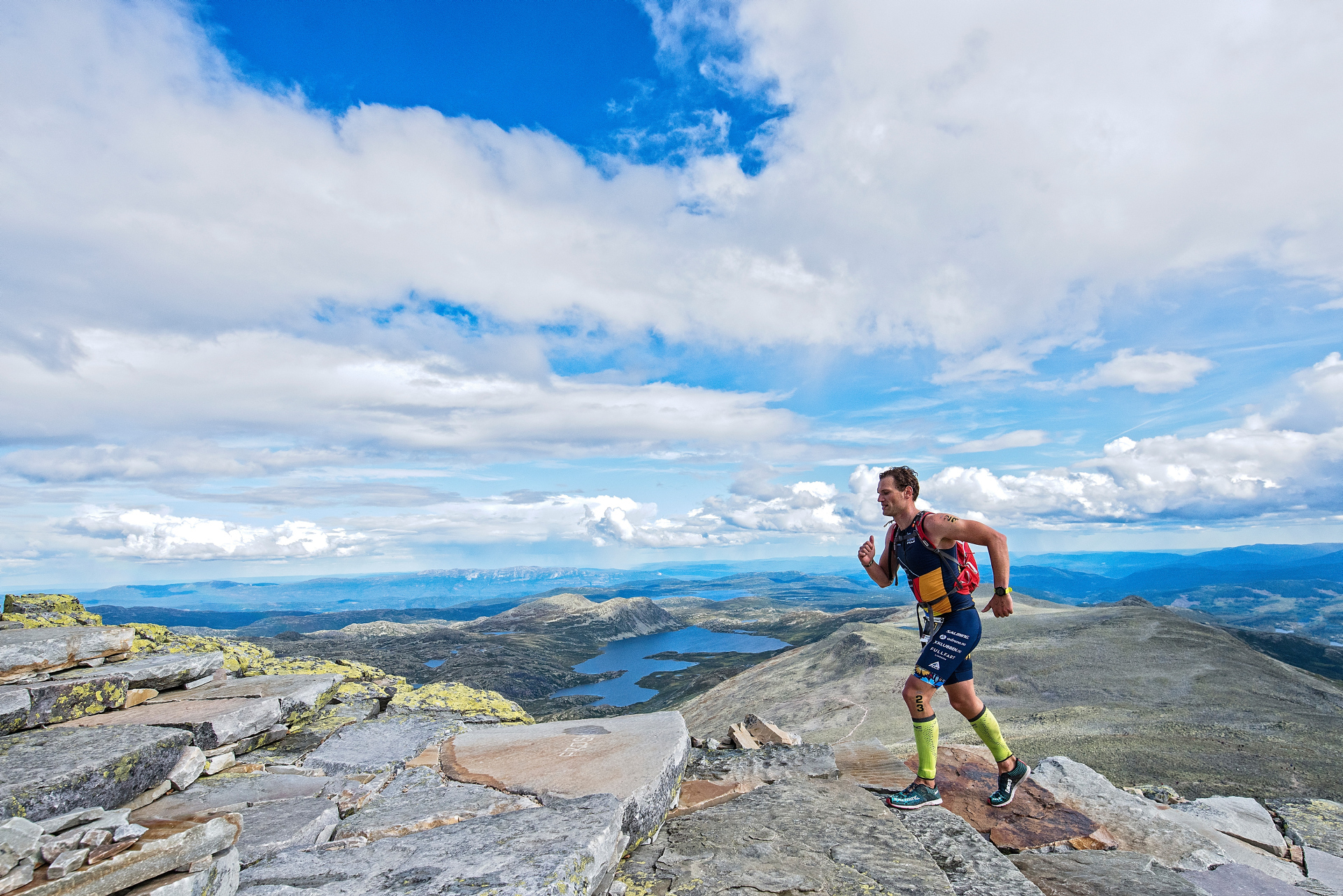By Jørgen Melau, PhD. Researching human physiology in extreme environments & Norseman Safety Director @jmelau
You don’t start to cool in cold water straight away.
There is a period of 10-15 minutes where the core temperature rises or stays unchanging. We find this in all our studies. It is clear that the core temperature of many does not start to drop immediately. Some authors call this the deflection period. While the term is not reported much in the literature, the phenomena are described in a few papers. Knechtle et. al. followed an Ice Swimmer during preparations for two official «Ice Miles» attempts. They were recording the core temperature during 65 preparation training swims. They found that the core temperature increased during the first minutes of the swim. Also, other scientists tested the experienced ice swimmer Lewis Pugh. During long polar swims, his core temperature was continuously measured with rectal probes. The scientists following Pugh showed he would raise his temperature before he entered the water. And that he maintain this elevated core temperature for 20 minutes before declining. We also found that you don’t drop in core temperature during the first 20 minutes. Our studies cannot reveal why some of our subjects have this deflection period. A few have not.
One possible explanation is that the blood volume is centered to the core. This is due to blood vessels constricting in the arms and legs. So, it takes some time before the cooling of the core initiates. Another suggestion is that increased muscle work enhances heat production. And thus contributes to keeping core temperature stable. Anyway, this needs further investigation.
The longer you stay in cold water, the colder you will get.
Probably no surprise to anyone. But we realized another related factor. When you start to lose your core temperature, you do so in a near to linear way. This means that we can probably predict when you are getting too cold.
Some of you might recall that we had a water temperature of 100C in Norseman 2015. This was actually the start of my PhD journey. We decided to reduce the swim length to half the distance (1900m) that year. In our first study, we predicted that possibly half of the starters could suffer hypothermia in 2015 if we had raced a full-length swim. At least if they were using close to the swim cut of time. Now, I find this very useful info as a professional rescuer. A long time in cold water is one of the most significant contributors to hypothermia.
Many will likely get even colder after exiting the water.
This is called afterdrop. It is a continued cooling of the core temperature after getting out of the water and into T1. In all our studies, we measured the lowest core temperatures after the participants exited the water. There is a continuous lowering of core temperature with variable size and time. We found that the core temperature is lowest around 15-30 minutes after you are out of the water. Not on all participants, but for many.
And imagine this – where are you 15-30 minutes after you have exited the water? You are a long way into the bike segment of Norseman.
In our Study I, the afterdrop was on average 0.6°C with a reversed peak 25 minutes after exiting the water. All participants had doffed their wetsuit at that point and were indoors fully clothed. Most of them had already taken a hot shower, and some even were in a sauna when the lowest reading was measured. In Study II, the Special Forces recruits had an afterdrop with an average of 1.1°C after exiting the water. At that time, they were all in a heated shelter with their drysuit entirely removed. In Study III, there was no clear evidence of an afterdrop in the athletes participating in the study, while on an individual level, an afterdrop can be suspected.
Not many get cold, but there are always some.
If we do our proper statistics, we find that very few get hypothermic. Yet, there are always some that do. In statistical terms, these are regarded as outliers. In all our studies, we have individuals that have clinical hypothermia. And that is concerning. As Chief of safety and medical at Norseman, I can never ever ignore this. The outliers are very important.
Our Safety and Medical team are strong and experienced. There are no coincidences when planning our safety measures at Norseman. And our continued research efforts are a vital part of that. To gain more knowledge in how to make races like ours as safe as possible.
Muscle activity in water is relevant.
When muscles are active, it will elevate internal heat production in the body. And probably even more if the swimmer uses wetsuits for insulation. But there is a catch.
The insulation characteristics of the muscles alter upon the level of muscular activity. When the muscles become active, the muscles turn from being an insulator to a very effective heat conductor. This means that it loses a lot of its insulations capabilities when the muscles
are active. So you see, there are two opposing factors here. The active muscle produces heat, but at the same time, loses heat. And in water, you are probably losing more heat than you gain. And this is something we need to focus much more on in research in future research.
What are we missing and where are the gaps?
There is a lot we don’t know. But we do believe some important factors need to be considered.
The water temperature is obviously important. The limit for when it’s too cold is very individual. However, organizers of triathlons, open water swims, and swim runs cannot have individual water temperature limits. And we also need to take into account the air temperature. Since you cannot go straight to a heated shelter or a sauna once you are out of the water. You will continue, mount your bike and ride and run for hours.
In my opinion, one of the most important factors for protecting athletes in cold water is the wetsuit. The fit of the wetsuit is probably very important, and I think it is a lot to gain for manufacturers in wetsuit research and development. Our friends at the University of Las Vegas, with Norseman finisher Professor John Mercer, have also started to look into this. They found that the fit of the wetsuit influenced both the blood pressure and hrv. Our bodies are so diverse that I think we could gain a lot from making custom-made wetsuits. A tailor-made wetsuit, if you’d like. Sure, it would be expensive, I know. But I believe it is the next step.
Is it dangerous?
Lastly, I want to express that I do not feel cold water swimming is dangerous in general. I think it has considerable benefits. However, the primary object of my thesis was to understand the potential dangerous hazards of cold water swimming. And for a few, it can be hazardous.
